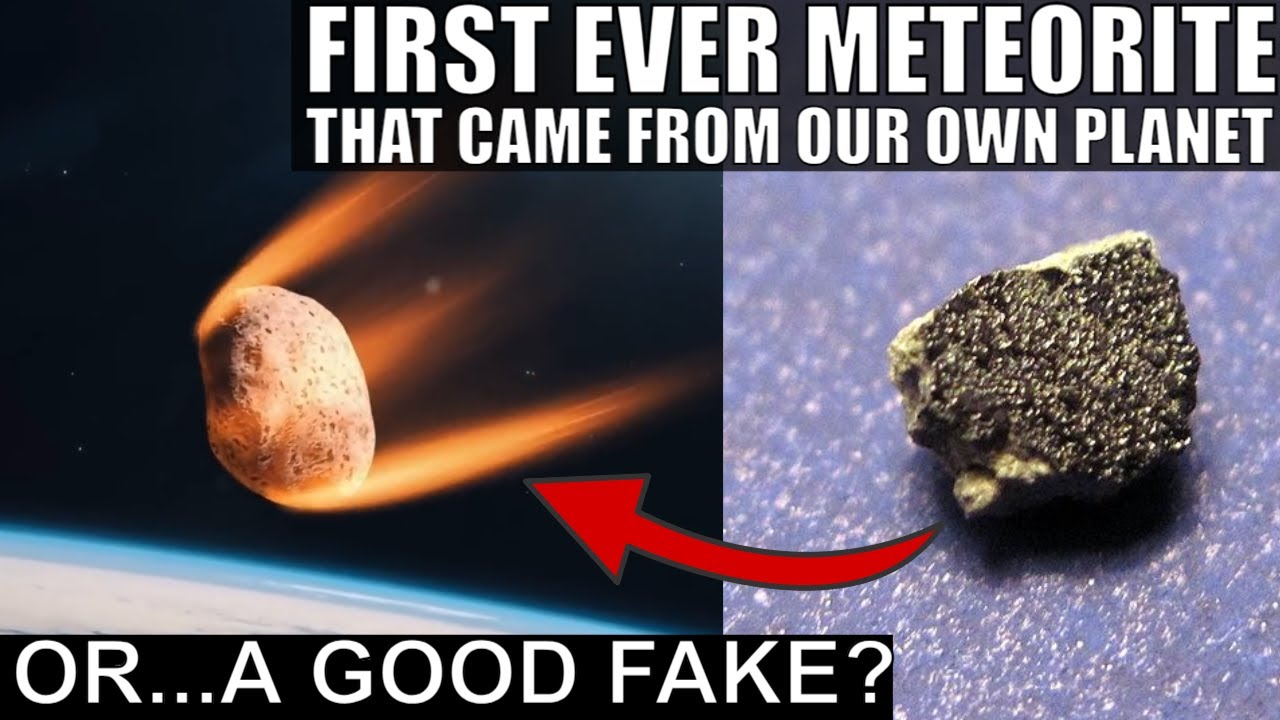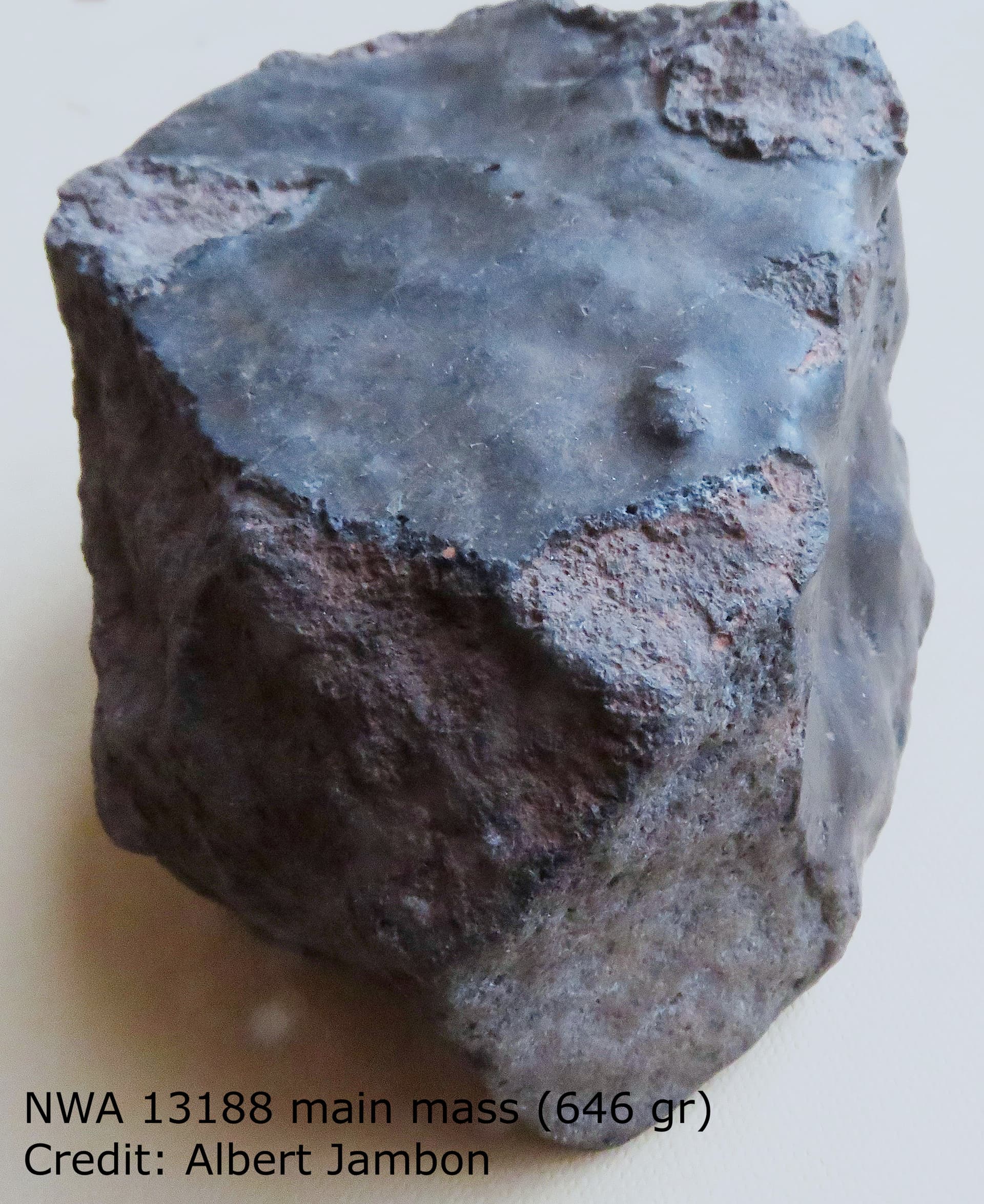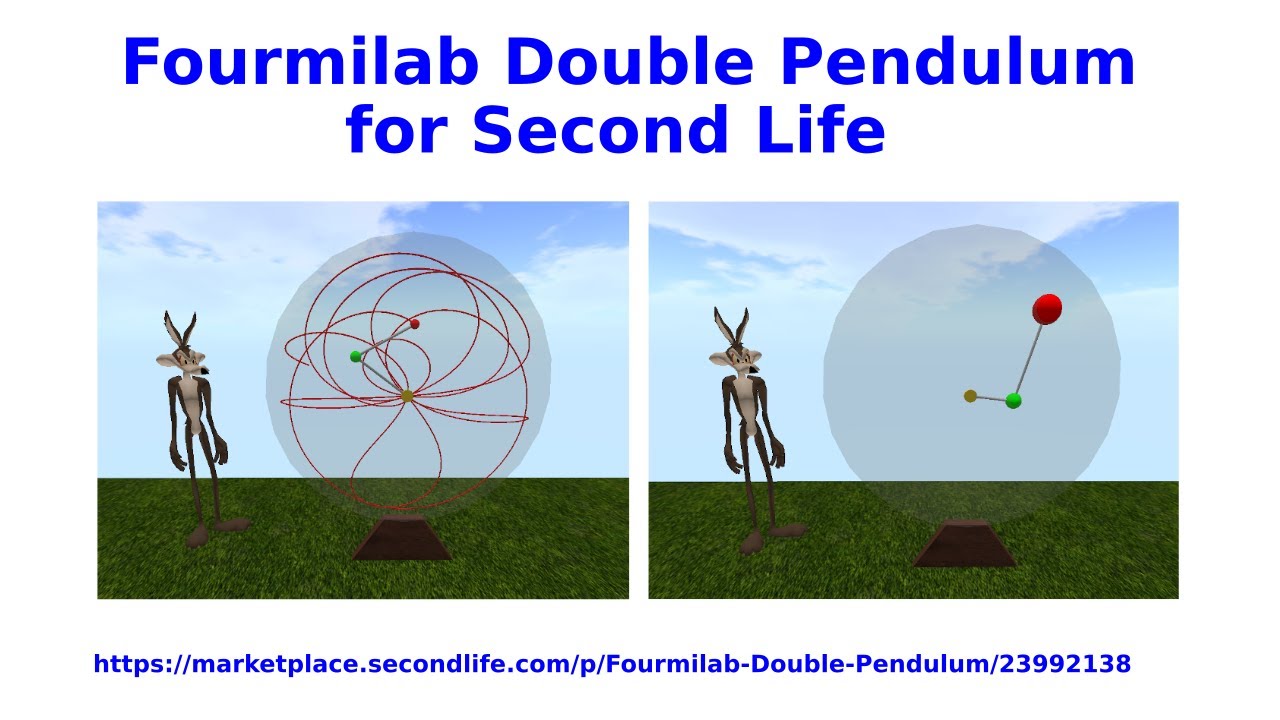A presentation on 2023-07-11 at the European Association of Geochemistry and Geochemical Society Goldschmidt2023 conference in Lyon, France, “Northwest Africa 13188: a possible meteorite … from Earth!”, argues the object is a genuine rock ejected from the Earth which then returned to fall as a meteorite around 10,000 years later. Here is the abstract:
NWA 13188 was classified as an ungrouped achondrite [1]. It is a vesicular igneous rock with overall basaltic andesite composition (Mg# 58.5) and subophitic texture. It is dominated by plagioclase (49 vol%) and pyroxene (26 vol%), a fine-grained mesostatis and accessory FeTi oxides. Its oxygen isotopic composition is δ18O=8.03±0.08‰, δ17O=4.16±0.12‰ and Δ17O=-0.02±0.03‰ (n=2). The CI-normalized REE pattern display an enrichment in incompatible trace elements, with (La/Sm)N=2 and (La/Lu)N=3.5, and a depletion in Nb-Ta. The μ ^{142}{\rm Nd} is −0.59 ± 3.3. These characteristics are compatible with terrestrial calc-alkaline arc volcanism, raising doubts that this rock is a meteorite.
However, the presence of a well-developed fusion crust (see images) strongly suggests that NWA 13188 is indeed a meteorite. Moreover, the concentrations of cosmogenic ^{10}{\rm Be}, ^3{\rm He} and ^{21}{\rm Ne} point to a very short (~10 kyr) but significant exposure to galactic cosmic rays, and preclude that NWA 13188 is a man-made “fake” meteorite.
Therefore, we consider NWA 13188 to be a meteorite, launched form the Earth and later re-accreted to its surface. This scenario matches the latest definition of meteorites: “Material launched from a celestial body that achieves an independent orbit around the Sun or some other celestial body, and which eventually is re-accreted by the original body, should be considered a meteorite. The difficulty, of course, would be in proving that this had happened, but a terrestrial rock that had been exposed to cosmic rays and had a well-developed fusion crust should be considered a possible terrestrial meteorite” [2]. The launch process (impact or direct ejection during a volcanic eruption) remains to be determined. Finally, we will further constrain the formation processes of NWA 13188 by measuring its crystallization age using the ^{40}{\rm Ar}/^{39}{\rm Ar} technique. Importantly, this approach will enable us to test if it contains trapped atmospheric argon, which should be particularly abundant for a young terrestrial eruption. We will also measure the ^{38}{\rm Ar}_{\rm c} cosmogenic exposure age of the rock.
References: [1] Gattacceca J. et al. 2021. The Meteoritical Bulletin, No. 109. M&PS, doi:10.1111/maps.13714. [2] Rubin A.E. and Grossman J.N. 2010. Meteorite and meteoroid: new comprehensive definitions. M&PS 45:114-122.


